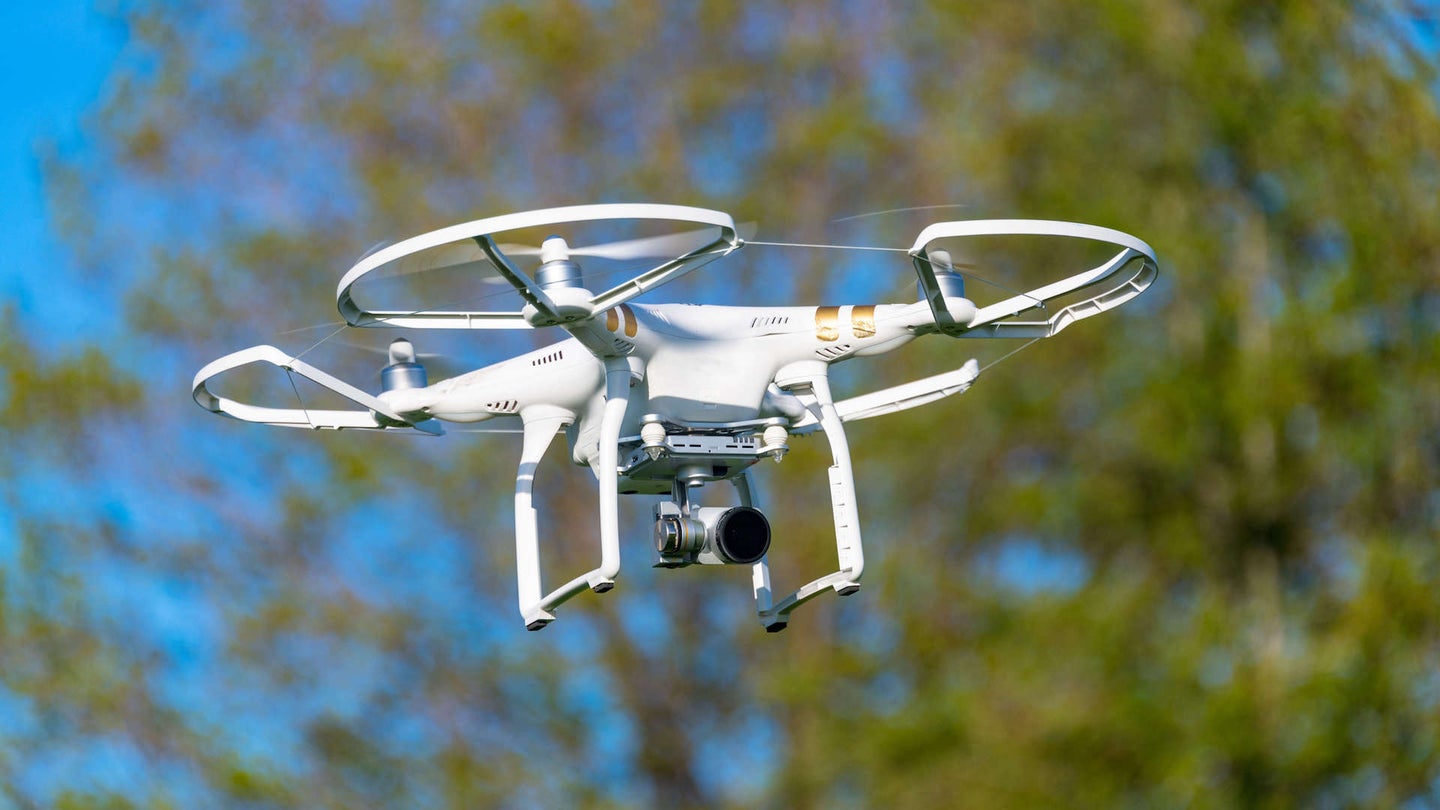Transport Canada Selects Fortem Technologies to Join BVLOS Drone Flight Trials
Fortem Technologies will help Canada’s Transportation Department safely establish guidelines for future BVLOS operations.

Fortem Technologies just joined Transport Canada’s beyond visual line-of-sight (BVLOS) drone flight trials, which will provide essential radar technology in partnership with ING Robotic Aviation to establish safe and secure BVLOS operations in Canadian airspace.
We previously reported on the self-described “leader in modern airspace safety & security” when Fortem developed the DroneHunter anti-drone tech system to safely ground trespassing UAVs. Most recently, Fortem joined the Trump administration’s UAS Integration Pilot Program in order to help in establishing a safe, secure, and capable traffic management system here in the U.S. Now, it seems, even the Canadian counterpart to the States’ FAA is interested in the company’s services.
“Transport Canada’s BVLOS trials will help validate the technologies needed to facilitate the safe use of UAVs for everything from monitoring critical infrastructure for potential threats to search and rescue and so many other valuable services,” explained Fortem Technologies CEO Timothy Bean. “We are thrilled to participate in this program as a provider of advanced radar solutions for ING Robotic Aviation.”
Transport Canada’s program was created to bring the country to the “next frontier of UAS (unmanned aerial systems),” by focusing on gathering as much data regarding BVLOS drone flights as possible, to then establish sensical and reliable guidelines for future commercial drone operations in Canadian airspace. These recent trials are standing on the shoulders of a previous phase, in which first responders analyzed UAS and BVLOS functionalities in the emergency response industry.
In terms of BVLOS flights, U.K. drone data provider SenSat recently broke records by flying 7.5 miles beyond an operator’s line of sight. The ramifications of these commercial entities proving their safety and functionality to lawmakers and aviation agencies are significant; when governments weigh the potential benefits of drone technologies and operations like these fairly, as opposed to focusing on the risks, we may soon see some substantial drone policy changes in U.S., U.K., and Canadian governments.
